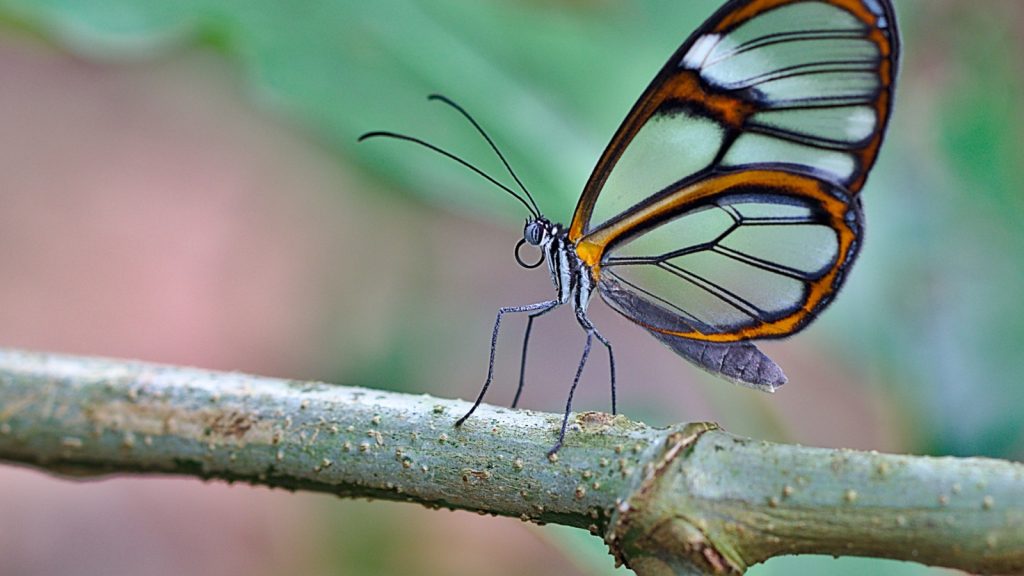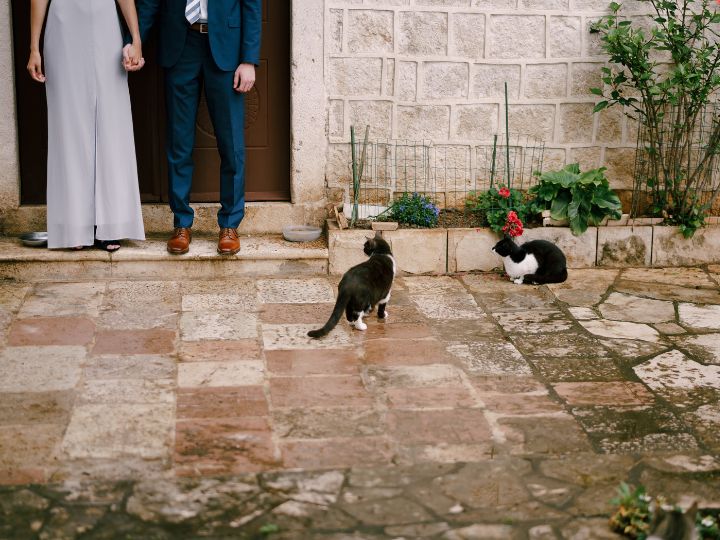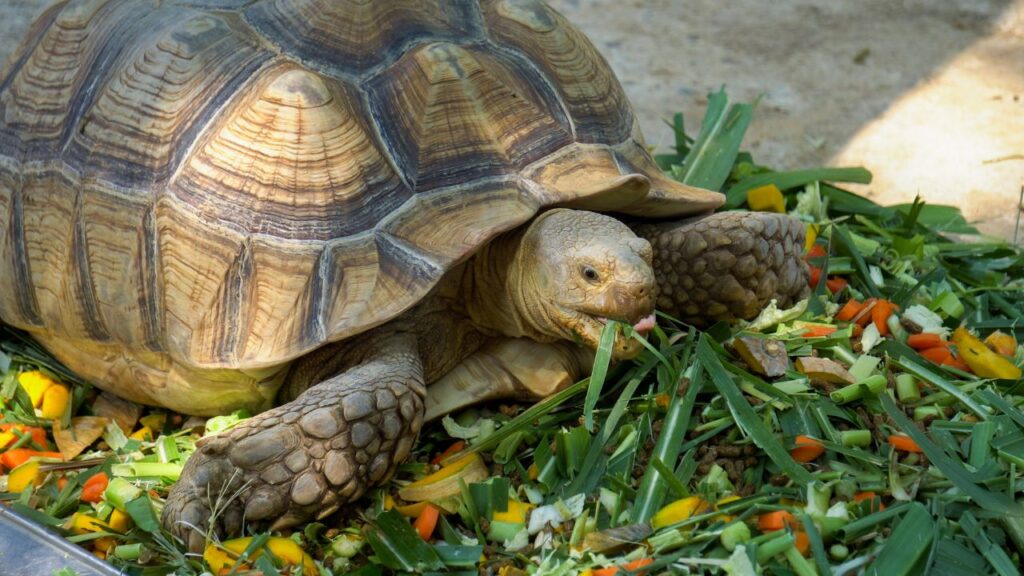Butterflies are among nature’s most delicate and beautiful creatures, but some species are so rare that spotting them is like finding a living treasure. These elusive insects often face threats from habitat loss, climate change, and human activities. Some are so scarce that only a handful of individuals remain in the wild. From remote mountain peaks to isolated islands, these rare butterflies inhabit some of the most unique and fragile ecosystems on Earth. Their rarity makes them not only fascinating to butterfly enthusiasts but also crucial subjects for conservation efforts worldwide.
Schaus’ Swallowtail
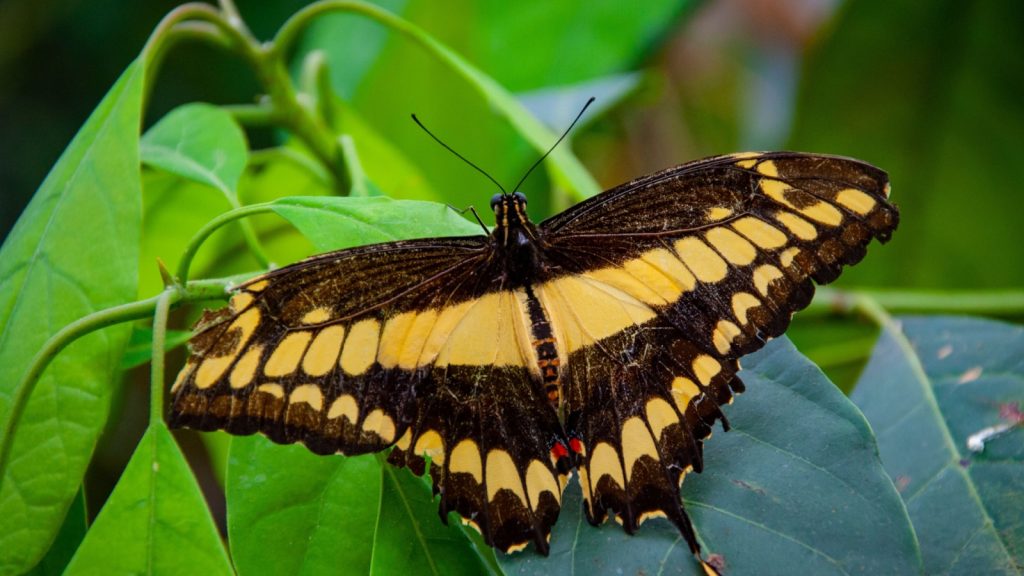
The Schaus’ Swallowtail is one of the rarest butterflies in the world, found only in Florida. This beautiful insect has large, dark brown wings with yellow markings and red spots. Habitat loss and hurricanes have pushed this species to the brink of extinction, with only a few hundred individuals left in the wild.
Queen Alexandra’s Birdwing
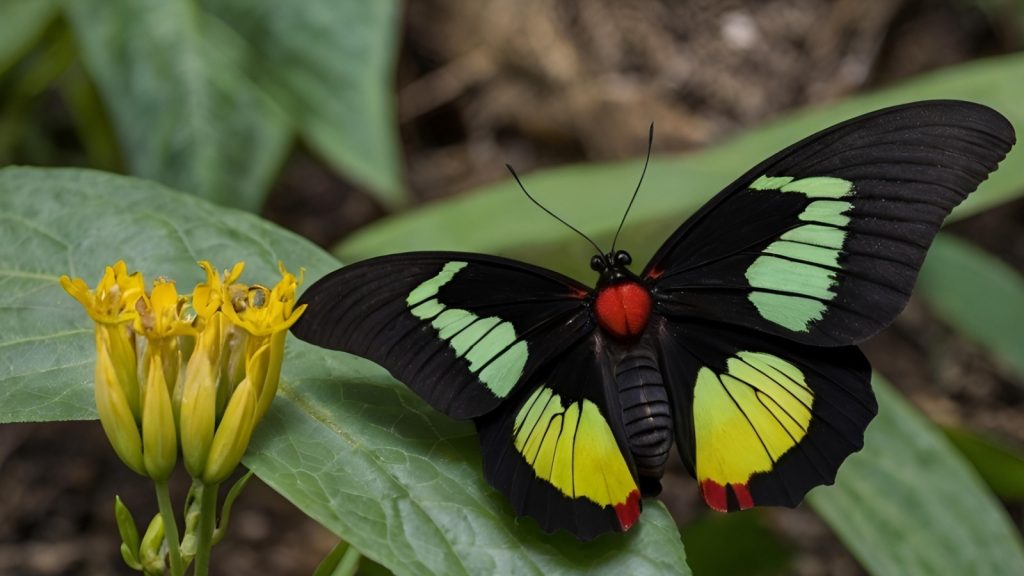
The Queen Alexandra’s Birdwing is the largest butterfly in the world, with a wingspan that can reach up to 12 inches. Native to Papua New Guinea, this stunning insect is critically endangered due to habitat destruction. Its rarity and size make it highly sought after by collectors, further threatening its survival.
Palos Verdes Blue
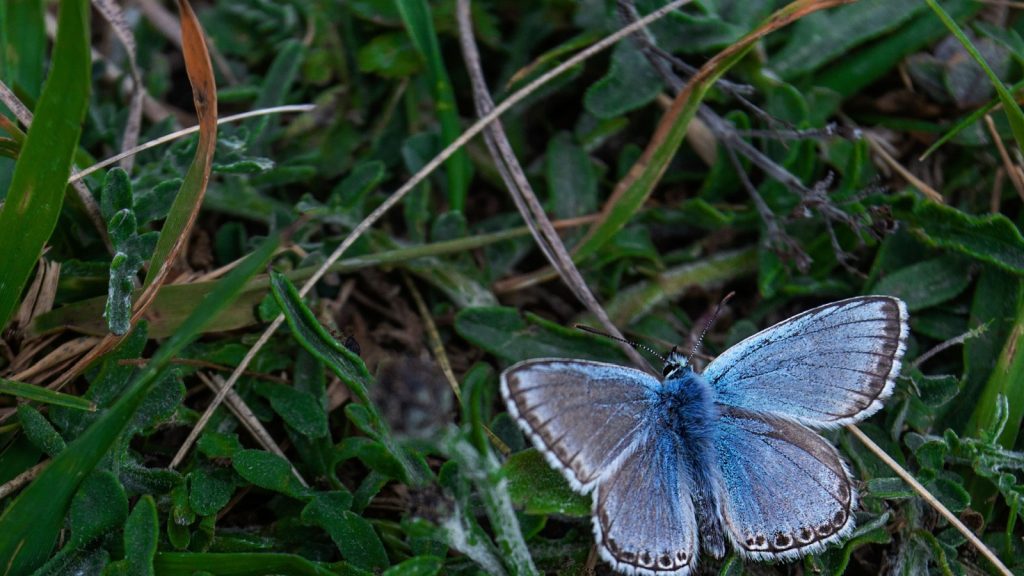
Once thought to be extinct, the Palos Verdes Blue was rediscovered in 1994. This tiny butterfly, with a wingspan of just one inch, is found only in the Palos Verdes Peninsula in California. Intensive conservation efforts are underway to protect its remaining habitat and boost its population.
Sinai Baton Blue
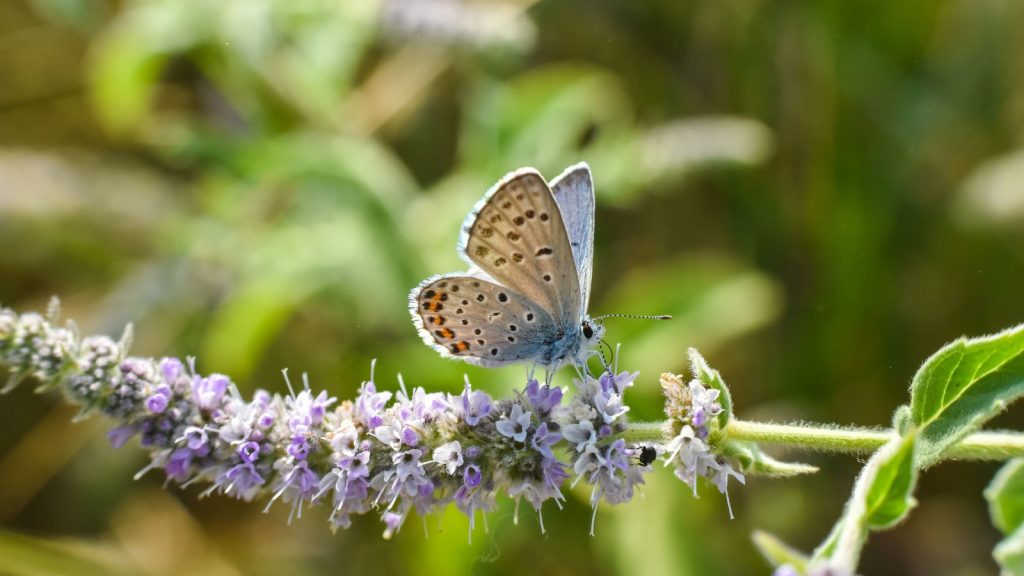
The Sinai Baton Blue is one of the world’s smallest butterflies, with a wingspan of just half an inch. It’s found only in a small area of the Sinai Peninsula in Egypt. This tiny butterfly’s survival depends on a single species of plant, making it extremely vulnerable to environmental changes.
Lange’s Metalmark
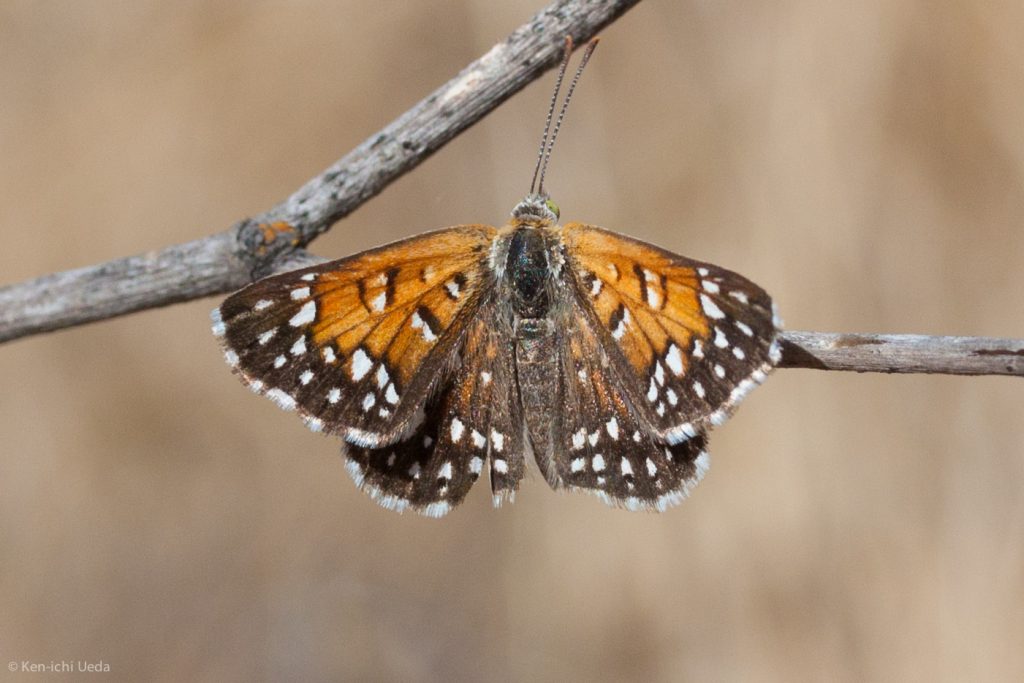
Lange’s Metalmark is found only in the Antioch Dunes National Wildlife Refuge in California. This small, orange and black butterfly has seen its population plummet due to habitat loss and invasive plants. Conservationists are working hard to restore its sand dune habitat and breed the butterfly in captivity.
Miami Blue
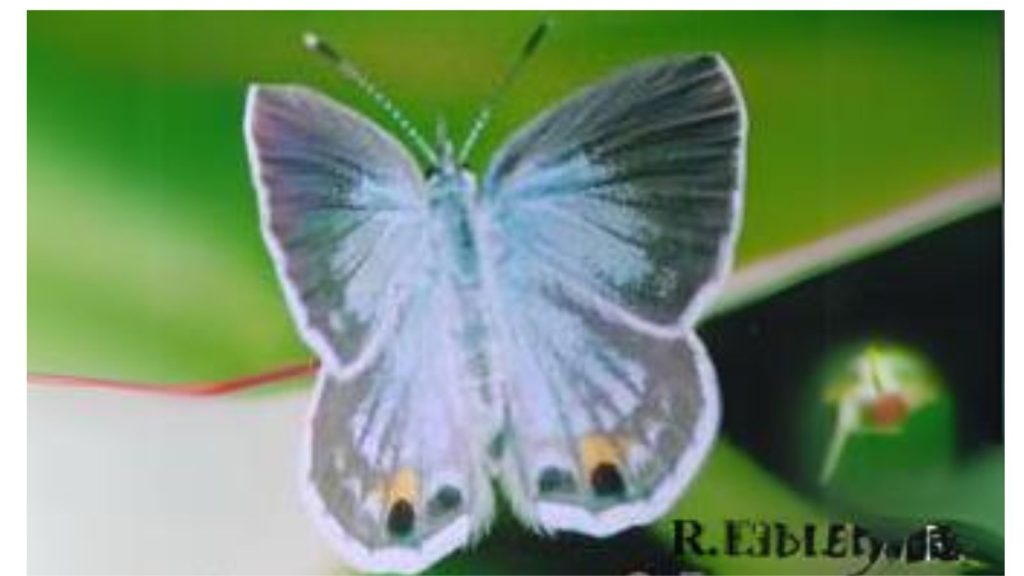
Once common in coastal areas of Florida, the Miami Blue is now one of North America’s rarest insects. It’s currently found only in a few small populations in the Florida Keys. Efforts to reintroduce the butterfly to other parts of its former range are ongoing, but challenges remain.
Jamaican Kite Swallowtail
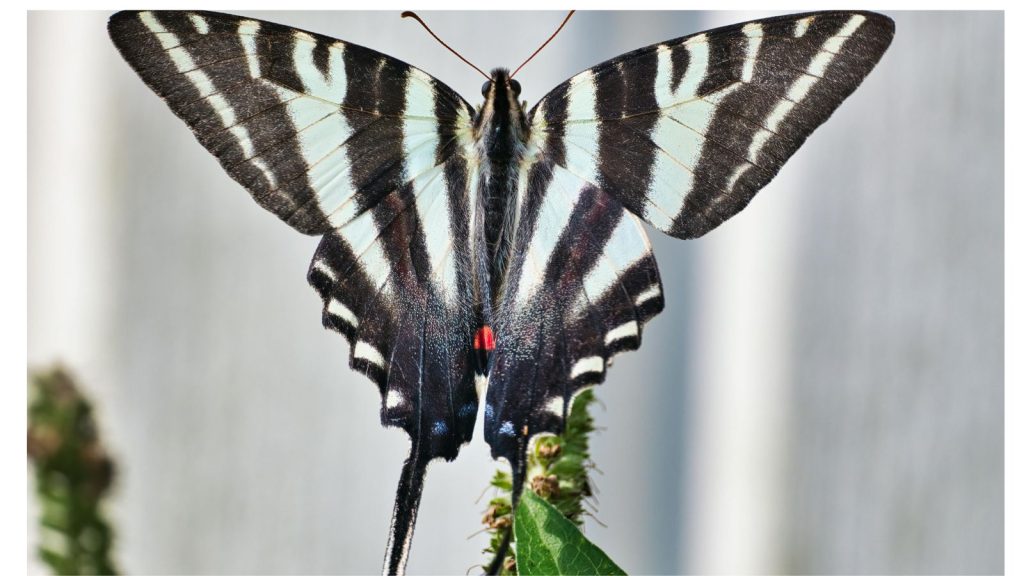
The Jamaican Kite Swallowtail is a striking black and yellow butterfly found only in the cockpit country of Jamaica. Deforestation and bauxite mining threaten its habitat, making it one of the rarest swallowtail butterflies in the world. Conservation efforts are crucial to ensure its survival.
Macedonian Grayling

The Macedonian Grayling is a small, brown butterfly found only in a single mountain in North Macedonia. Its entire global population occupies an area smaller than a football field. Climate change poses a significant threat to this species, as warming temperatures could eliminate its high-altitude habitat.
Atala Butterfly
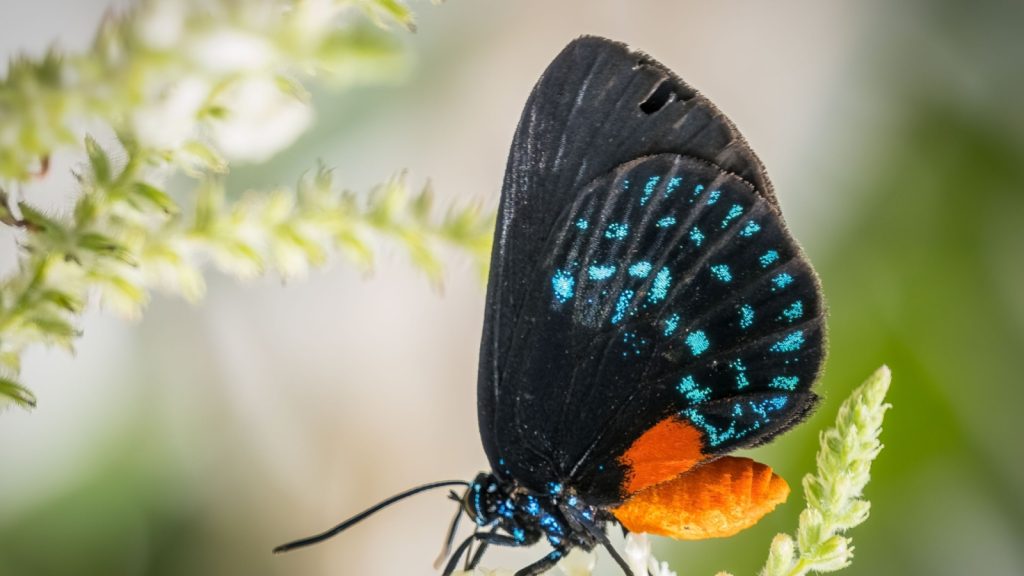
Once thought extinct, the Atala butterfly has made a comeback in Florida thanks to conservation efforts. This small, black butterfly with iridescent blue spots is still rare and depends on a single plant species for survival. Its recovery shows the positive impact of dedicated conservation work.
Island Marble
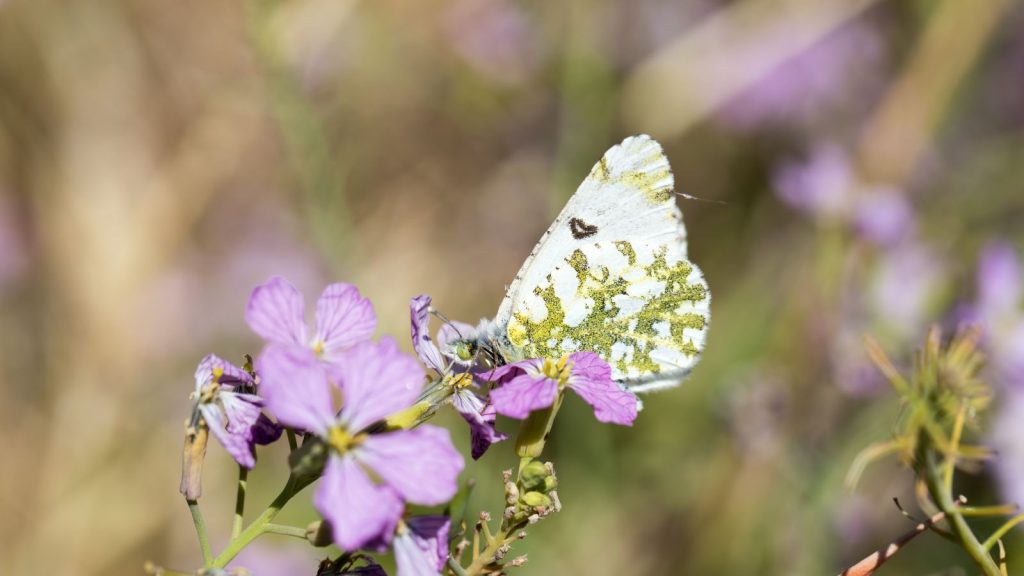
Rediscovered in 1998 after being thought extinct for 90 years, the Island Marble is found only on San Juan Island in Washington state. This white and green butterfly faces threats from habitat loss and invasive species. Intense conservation efforts are underway to protect its remaining population.
Chocolate Albatross
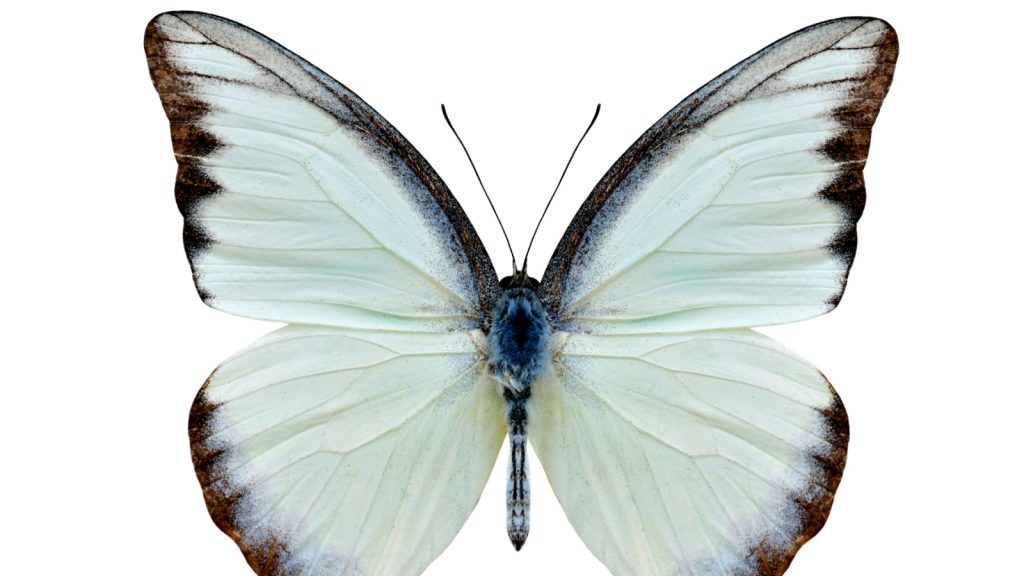
Despite its name, the Chocolate Albatross is a butterfly, not a bird. Found only in the Philippines, this rare insect has dark brown and white wings. Little is known about its biology or exact population size, but habitat loss is a significant threat to its survival.
Saint Francis Satyr
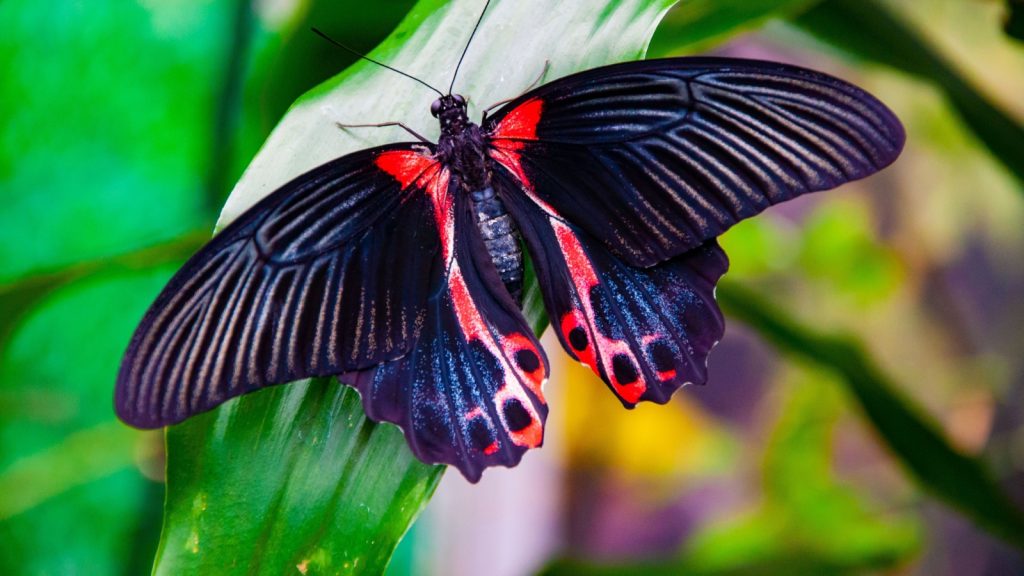
The Saint Francis Satyr is found only in a small area within Fort Bragg, North Carolina. This brown butterfly depends on wetland habitats created by beavers. With fewer than 1,000 individuals left in the wild, it’s one of the most endangered butterflies in North America.

